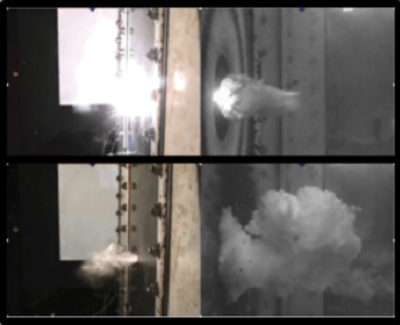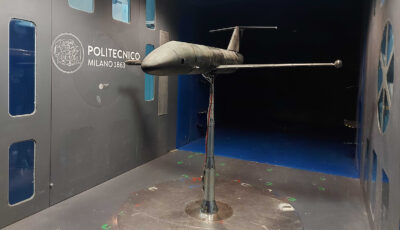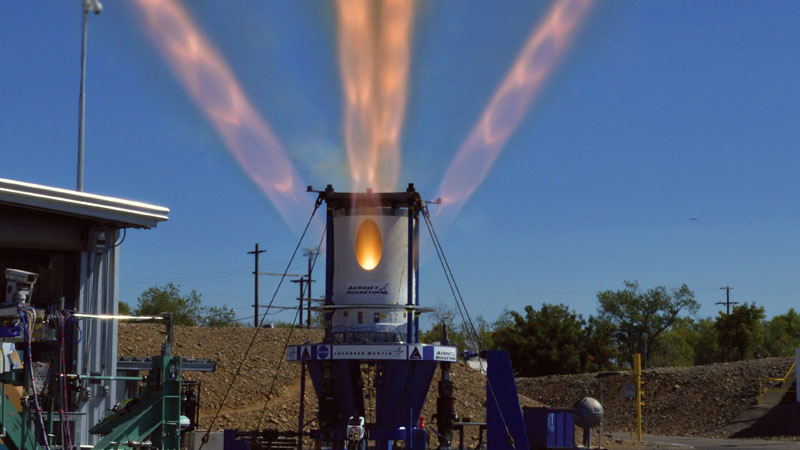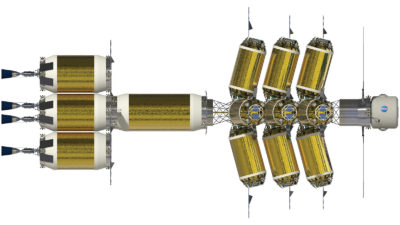Supersonic prototype, smart coatings and Orion take shape
By HARRY H. HILTON, EMILY J. ARNOLD AND CRAIG G. MERRETT|December 2020
The Structures Technical Committee works on the development and application of theory, experiment and operation in the analysis and design of aerospace structures.
Boeing’s Renton site is working with Aerion Supersonic of Reno on Boeing’s hypersonic Mach 5 plane and Aerion’s AS2 Mach 1.4 business jet. In April, Aerion released an updated AS2 design that would prevent sonic booms from reaching the ground. Manufacturing at Aerion Park in Melbourne, Florida, is scheduled to commence in 2023 ahead of the first test flight in 2025. University of Central Florida and Boeing Research and Technology collaborated under the National Science Foundation’s Partnerships for Innovation and INTERN programs to create tailorable, smart coatings for noninvasive damage assessments in structures. With guidance from researchers at the Boeing St. Louis facility, a UCF graduate student at the facility manufactured polymer-based coatings with embedded photo-luminescent and ceramic nanoparticles that act as stress sensors.
Researchers working under NASA’s Advanced Composites Project developed technologies to save certification design time. Advancements in manufacturing simulation, nondestructive inspection, and advanced structural design and analysis were completed under the Advanced Composites Consortium, or ACC, public-private partnership and under the NASA Research Initiative’s university contracts. In the structural area, ACC made improvements in rapid design tools for preliminary structural sizing, developing detailed static and fatigue strength prediction and high energy impact events in composite structures. Rapid design tool improvements are available through Hypersizer software. Over the project’s course, approximately 50 publications documenting these improvements were released.
In May, the U.S. Air Force Research Laboratory concluded research to improve the modeling of impact damage on composite aircraft. AFRL, Boeing, North Carolina State University and Virginia Commonwealth University developed simulation tools and high-rate material data for modeling low-velocity impact of runway debris and tool drops. High-rate test data improved predictions of failure initiation and propagation at elevated loading rates. These developments and enhanced material properties prompted creation of a new LS-Dyna finite element modeling material card, MAT_299. Under a separate AFRL contract, Boeing continued testing to validate approaches to extend aircraft service life using progressive damage failure analysis, coupled with improvements in assessing service life employing load enhancement factors and fatigue damage severity factors.
In June, NASA completed testing a duplicate Orion spacecraft, the Structural Test Article, or STA, needed to verify that Orion is ready for Artemis I, its uncrewed test flight. NASA and prime contractor Lockheed Martin built the STA structurally identical to Orion. These tests verified Orion’s structural durability for all operational phases of Artemis I. Lockheed Martin worked around-the-clock to prepare the experiments. During some test phases, engineers pushed expected pressures, mechanical loads, vibrations and shock conditions to 40% beyond most severe expectations.
The year’s research at the Air Force Research Institute was directed toward: (1) A lighter-than-air vehicle consisting of a 0.305-meter-diameter sphere constructed with 41 pressurized toroidal small cells designed to resist external pressures. Geometric displacements were evaluated for structural collapse load considering fluid-structure interaction. (2) Lattice cell structural use in projectile designs to determine cell ability to resist high strain rates by evaluating their material properties. (3) Performance evaluations of graphite-epoxy layups where steel foil reinforcements are included in bolt joints was also conducted. This hybrid improves designs up to 15%. (4) This research area concerns a ROM of a pin-on-disc experimental design representing Holloman Air Force Base high-speed experimental system. Heat transfer developed in steel specimens traveling up to 96 meters per second was analyzed with a finite difference technique.
In an unfunded project since 2015, researchers at the University of Illinois at Urbana-Champaign and the Chongqing Institute of Green and Intelligent Technology continued analyzing 3D/4D printing of temperature-dependent viscoelastic materials. This study includes analytical formulations and solutions of fundamental coupled thermodynamic-fluid-solid mechanics governing relations, including topology optimization for stress-displacement analyses during deposit and cooling cycles. Absent experimental temperature distribution data, only hypothetical stress-strain-time results will be presented at AIAA’s 2021 SciTech Forum.



































